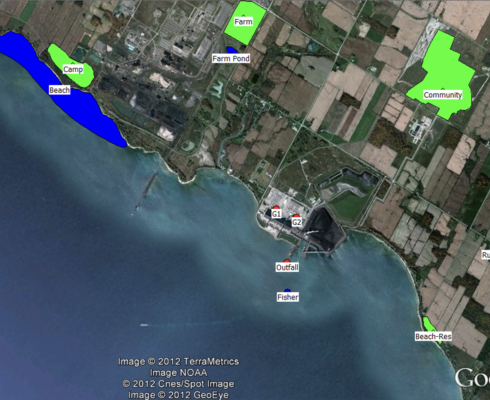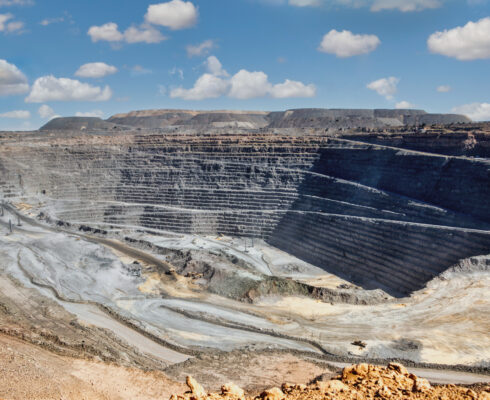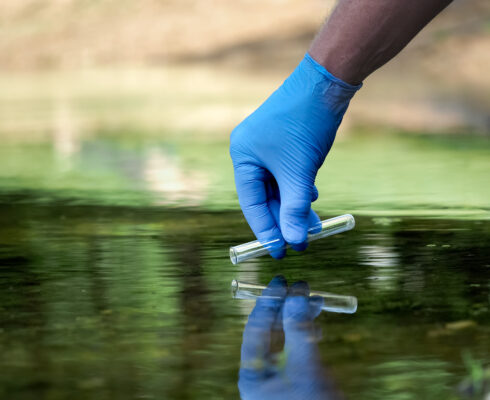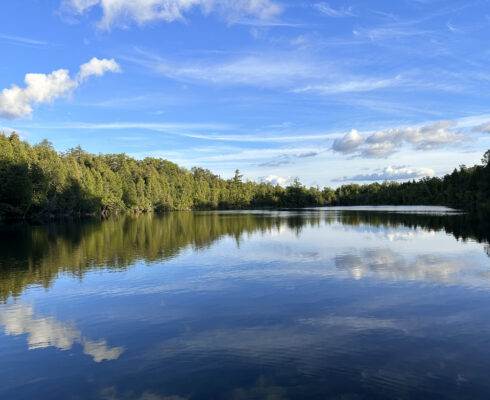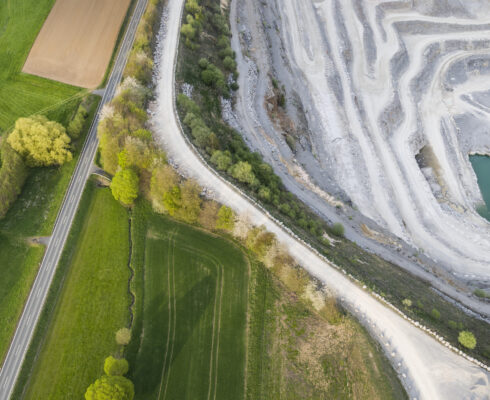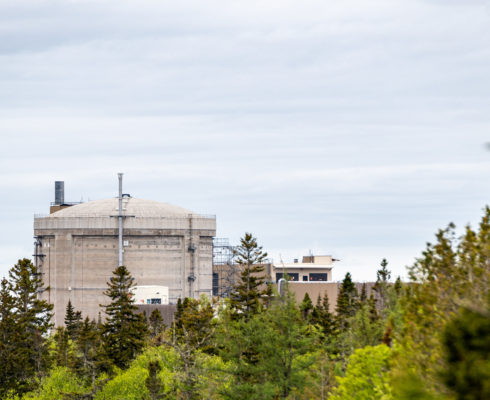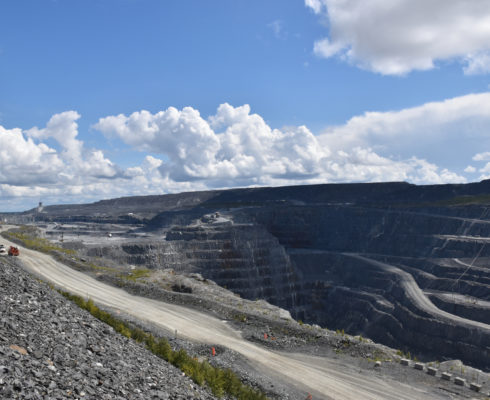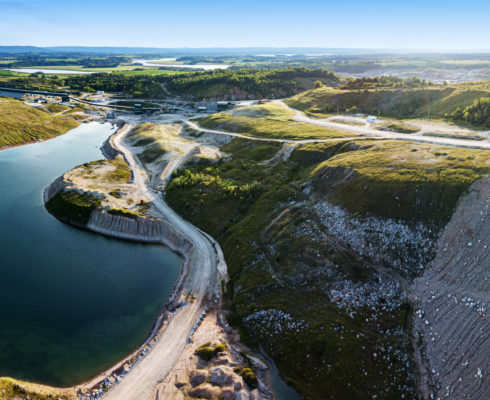 Carman Stevens, Senior Mine Closure Specialist
Carman Stevens, Senior Mine Closure Specialist
As an environmental professional who’s worked with copper, nickel, zinc, gold, and diamond mines, managing mine environment and dam safety support projects, mine closure and remediation, remedial design and impact assessment, revegetation, and risk assessments, Carman has an impressive resume.
Her interest in mining started while she was studying for a degree in Conservation & Restoration Ecology at Laurentian University in Sudbury. Soon after, she was working on mine closure projects across Ontario and has since travelled further afield to New Brunswick, British Columbia, and Nova Scotia.
It was her interest in mine closure that introduced her to several projects with legacy mines, focusing on options analysis, risk assessments, and closure plan development.
“So many mines have been in operation for over 30 years and, historically, there was limited regulations. Dealing with legacy issues can be very complicated compared to opening a brand new mine, or Greenfield sites,” Carman explains. “Now, we can build new mines with appropriate infrastructure upfront to mitigate potential future environmental issues, especially when it comes to groundwater, which can be difficult to mitigate after the fact.”
She finished her Master of Science in Biology and Mine Reclamation at Laurentian University, completing her degree as the first masters student working at the De Beers Canada Victor Diamond Project on mine closure by establishing a revegetation trial program before the mine started.
I worked on many projects with Ecometrix. We always had a great working relationship and were a good fit. Ecometrix is a niche company — small but highly specialized and great to work with.
Throughout that project, she conducted a site vegetation assessment, conducted substrate and plant growth analyses, and developed experimental design for the analyses of cover substrate mixtures and depths.
“You’re in the James Bay peatlands so it’s peat forever,” she says. “I did a lot of work on how we could use the natural vegetation, which is used to very wet areas, to help regenerate and re-naturalize artificially created upland areas of waste kimberlite.” As part of that, she also worked with a group of people to stabilize and revegetate, and successfully completed, a 3-kilometer creek diversion using bioengineering techniques.
 Carman working on test plots during her Masters project
Carman working on test plots during her Masters project
Having spent so long in the field, Carman and Ecometrix have a shared history, and her career often saw her collaborating with our experts on mine closure projects. “I worked on many projects with Ecometrix. We always had a great working relationship and were a good fit. Ecometrix is a niche company — small but highly specialized and great to work with.”
As our Senior Mine Closure Specialist, Carman plans to use her background to further develop and expand our mine closure capabilities, applying Environmental Intelligence and the four principles of TASC to deliver outstanding environmental project results.
“Mine closure is huge and can mean a lot of different things,” she says. “I’d like to focus on the revegetation and reclamation side of things. Now, there’s a bigger push to revegetate so it blends more naturally into whatever the existing background is. It’s about trying to work with nature to increase biodiversity while fitting into the natural environment.”
We’re excited to have Carman on the team and can’t wait to see how her expertise supports our work not just internally, but with our clients.
Hear more about our experts
Explore the Knowledge Hub to read more profiles and hear about what they bring to #TeamEcometrix.

